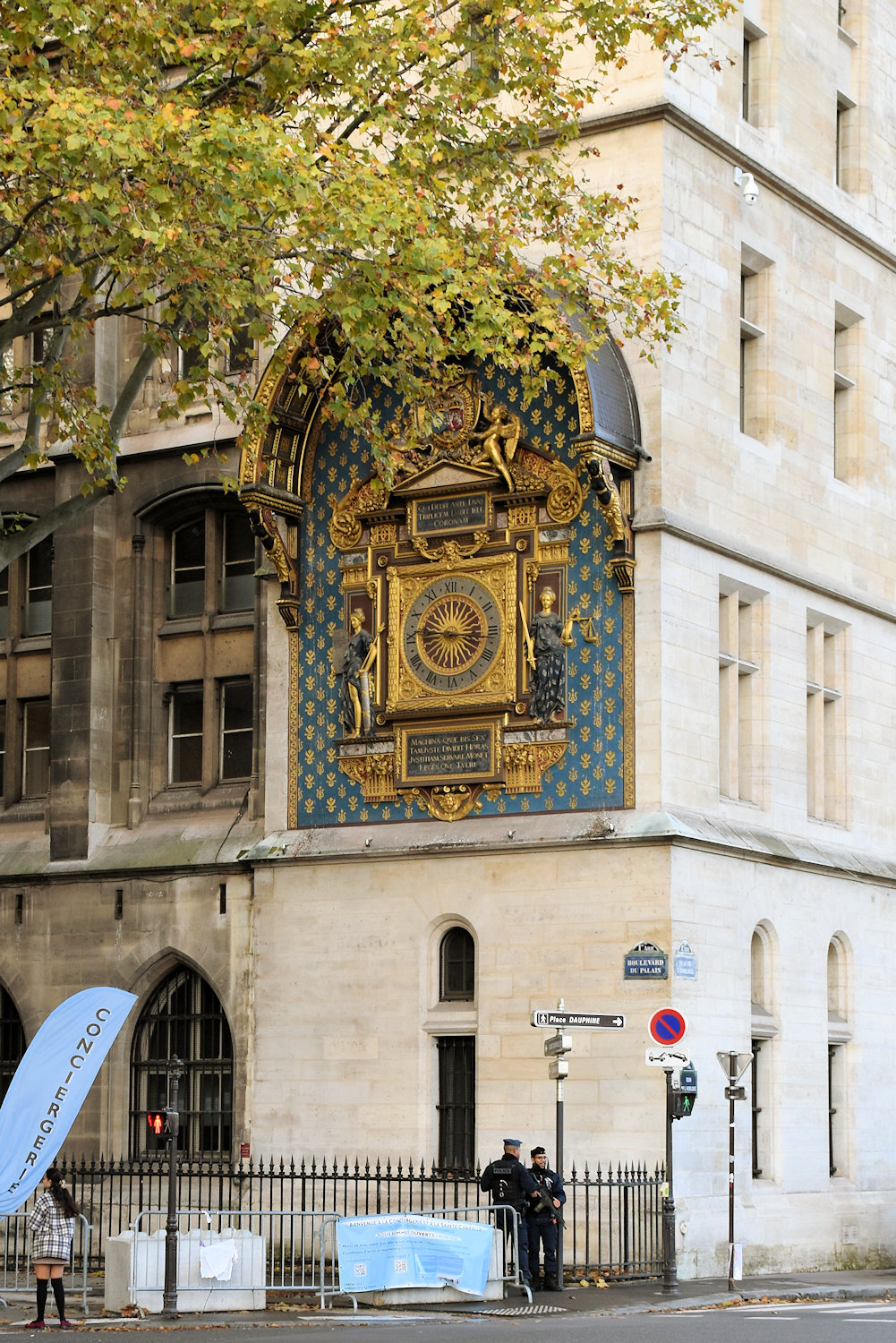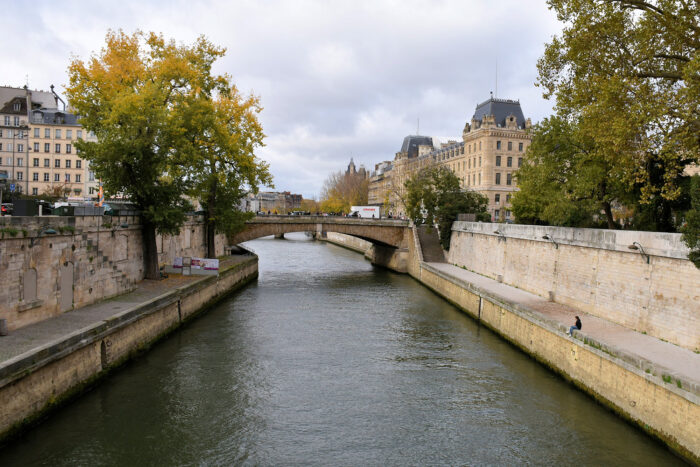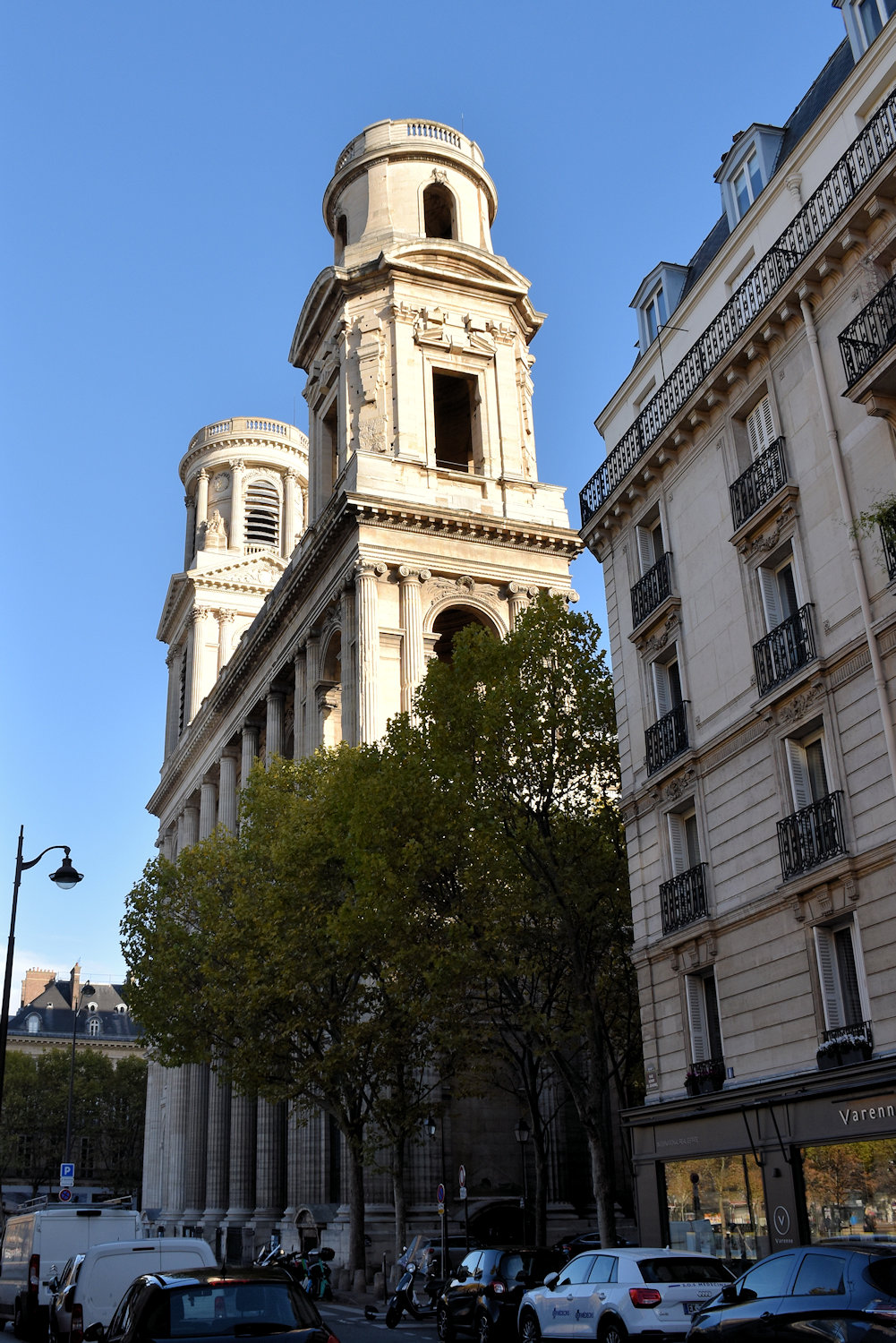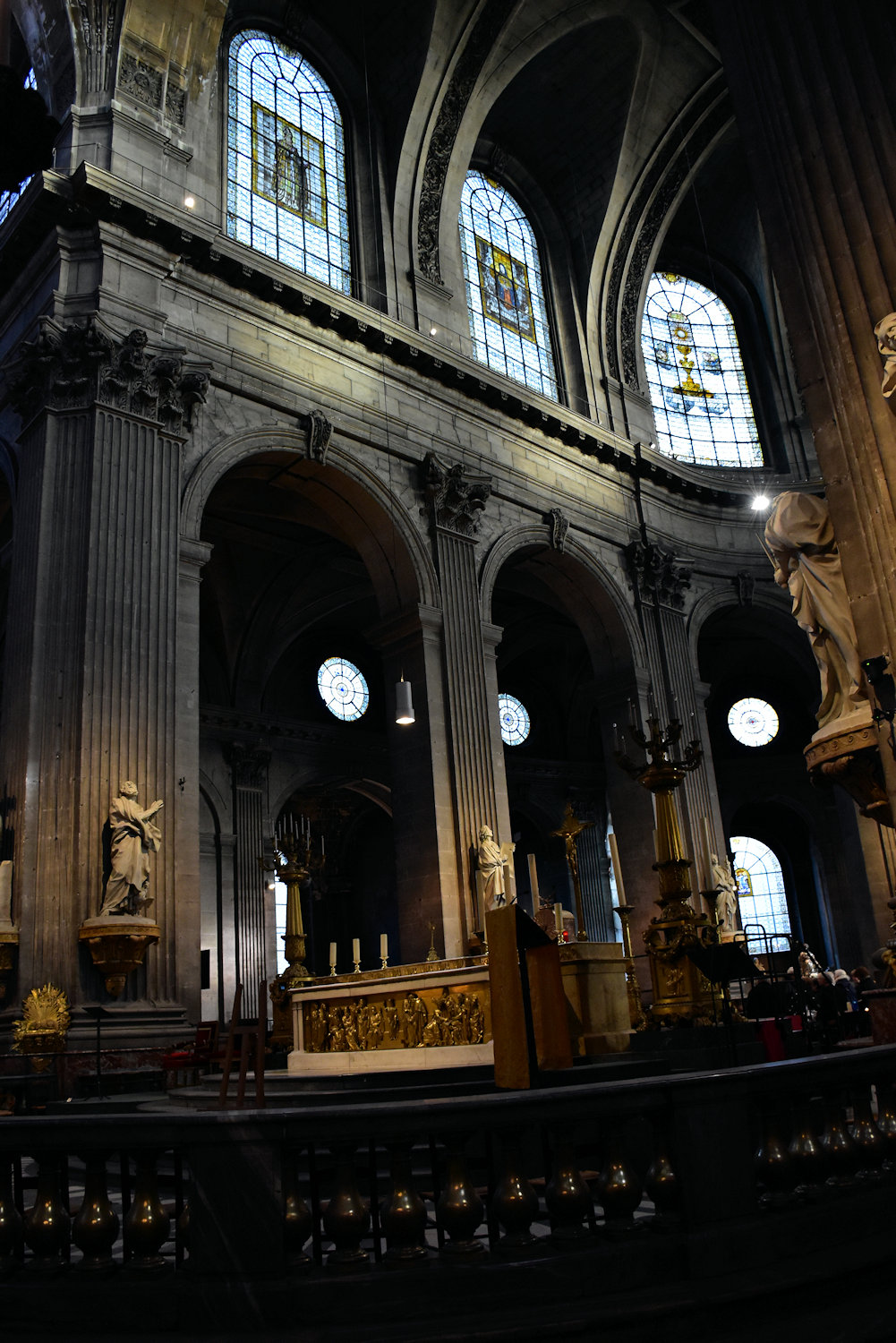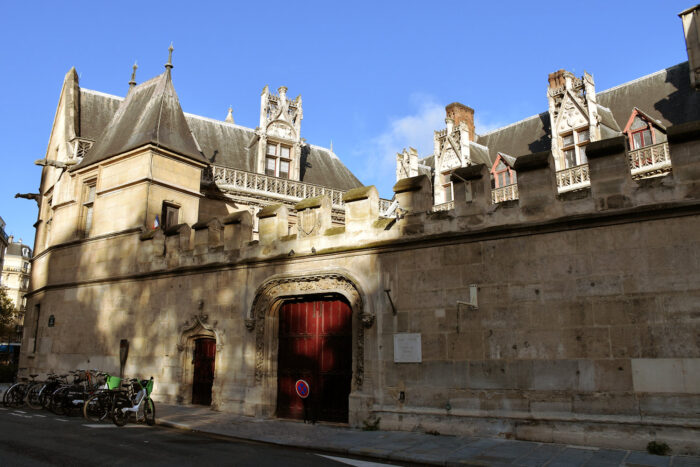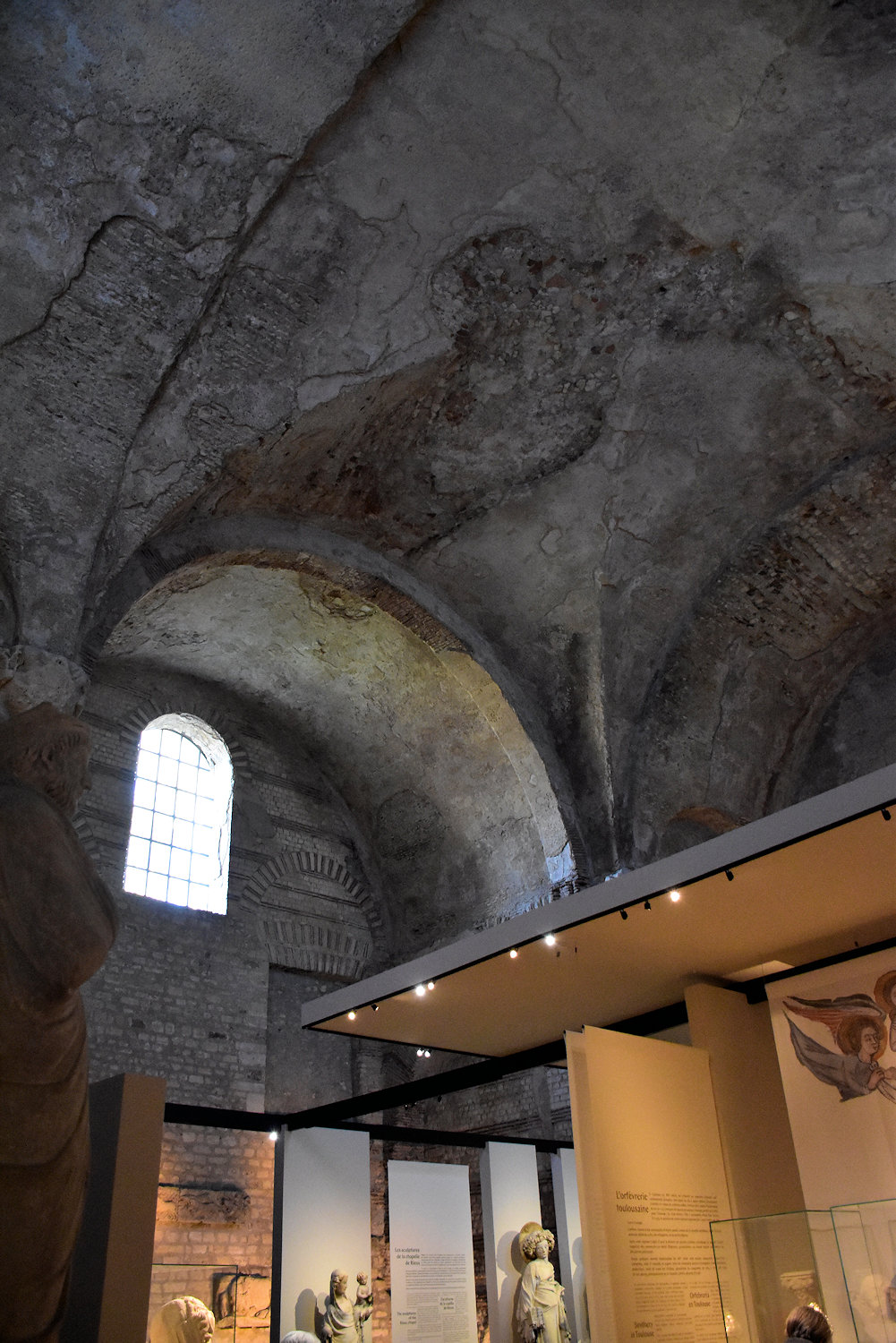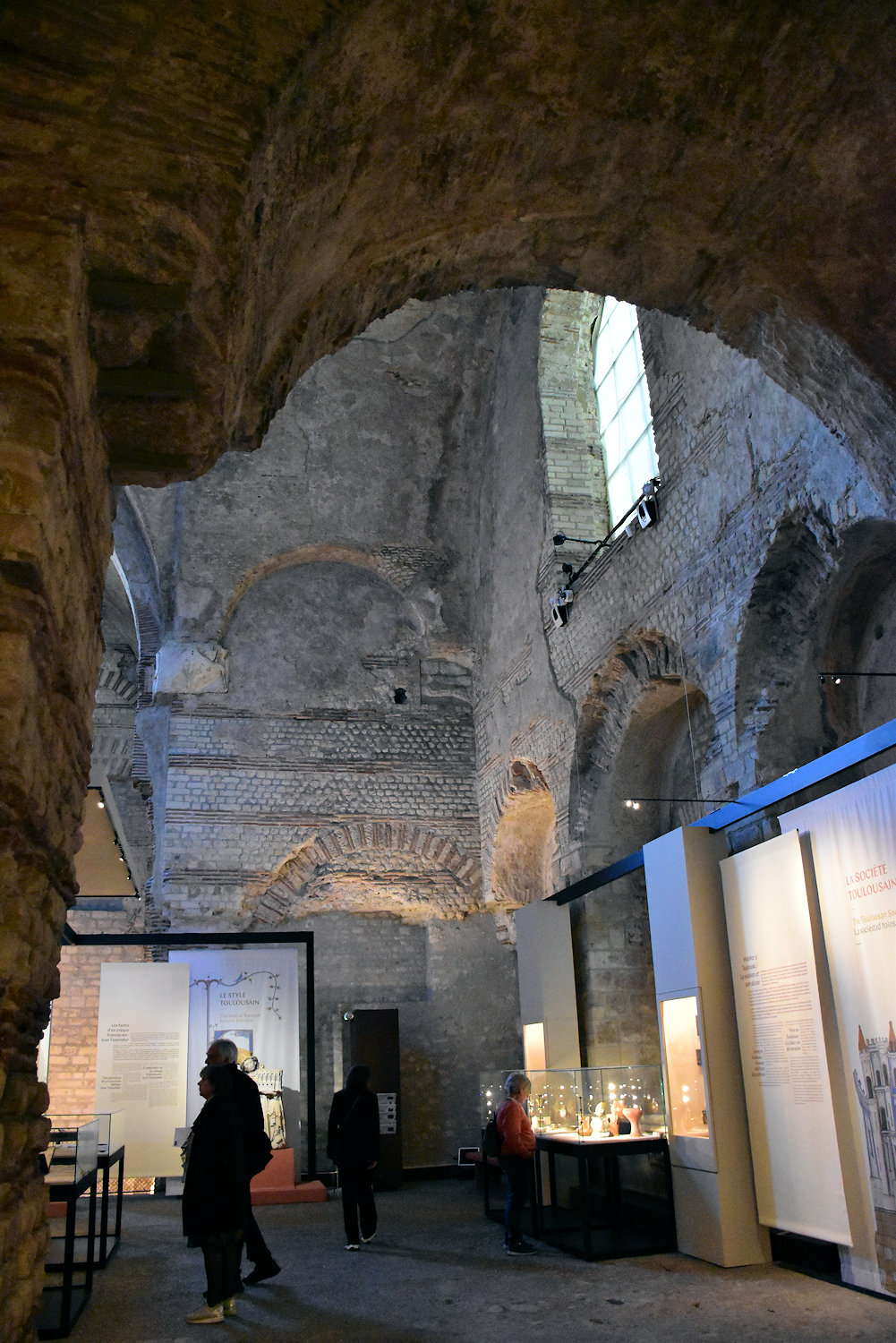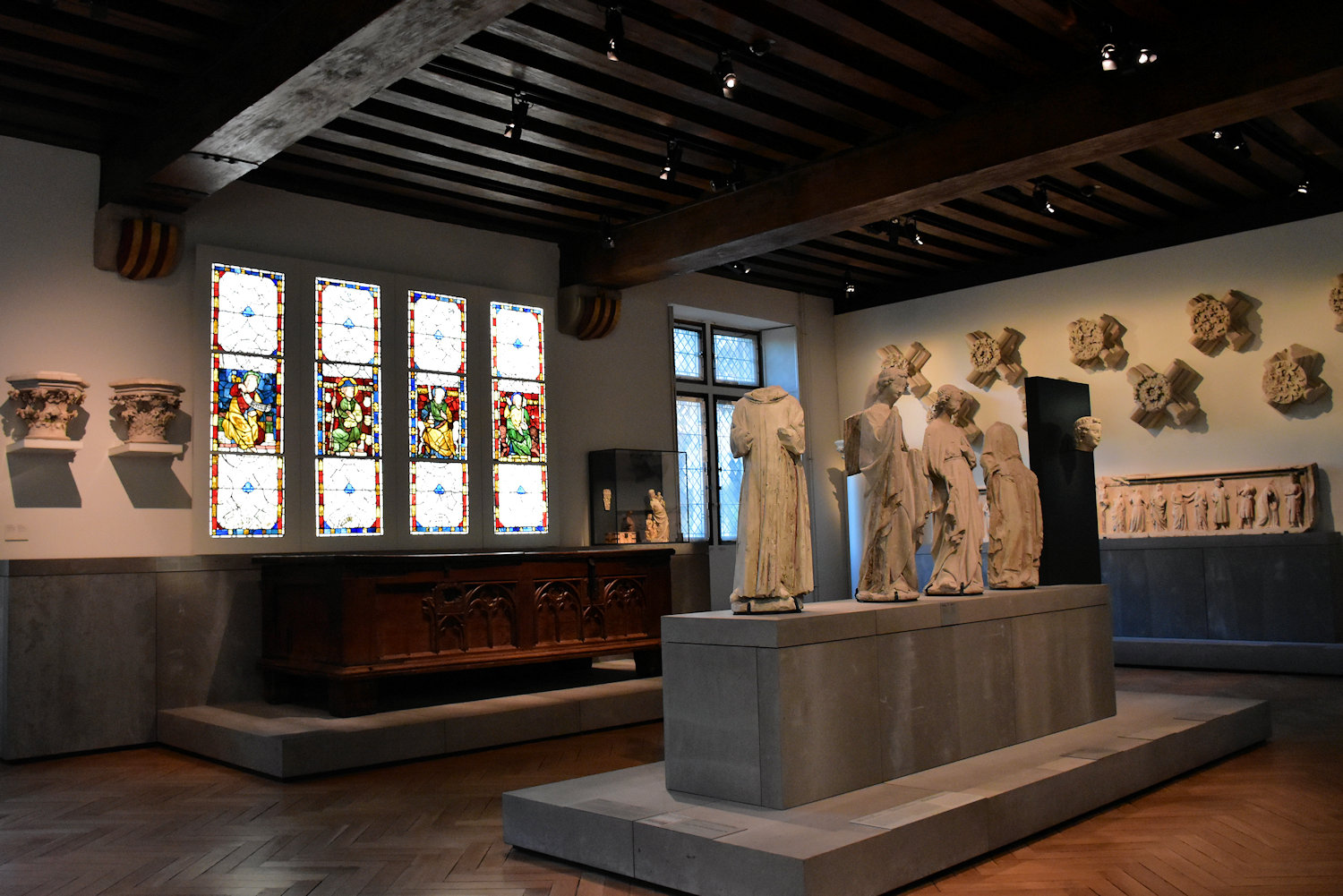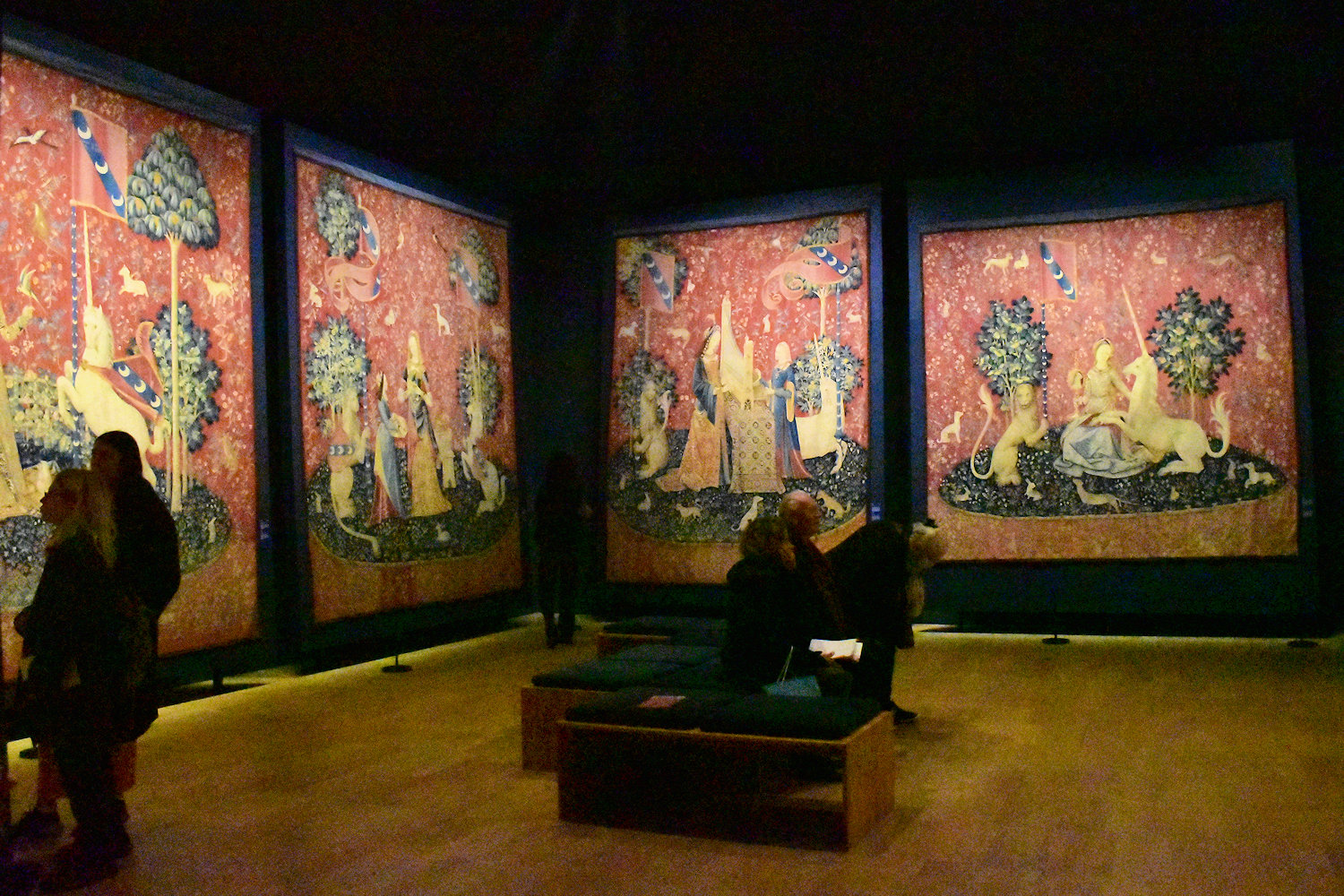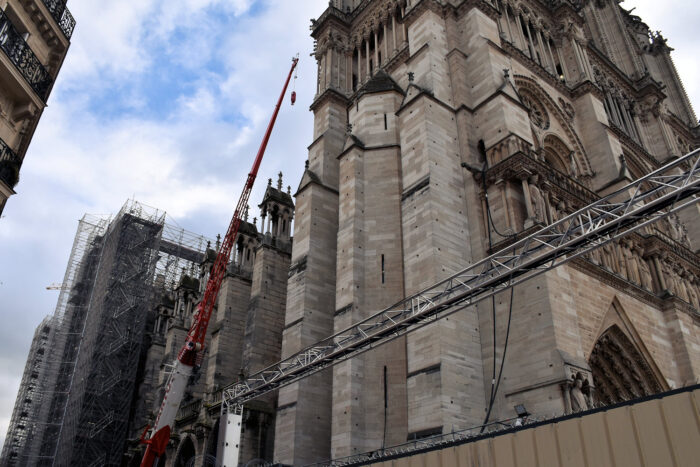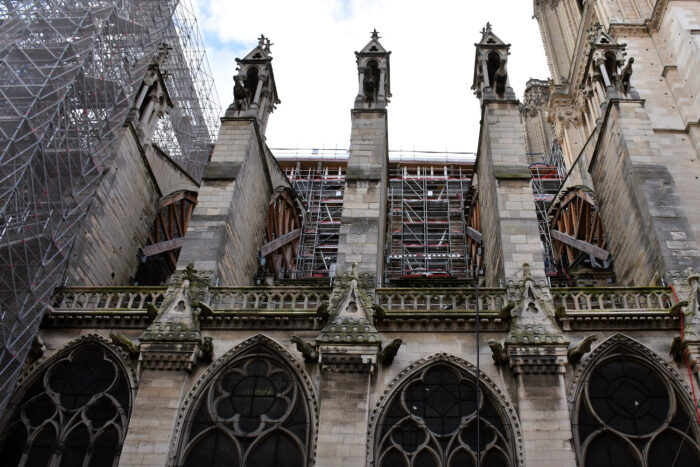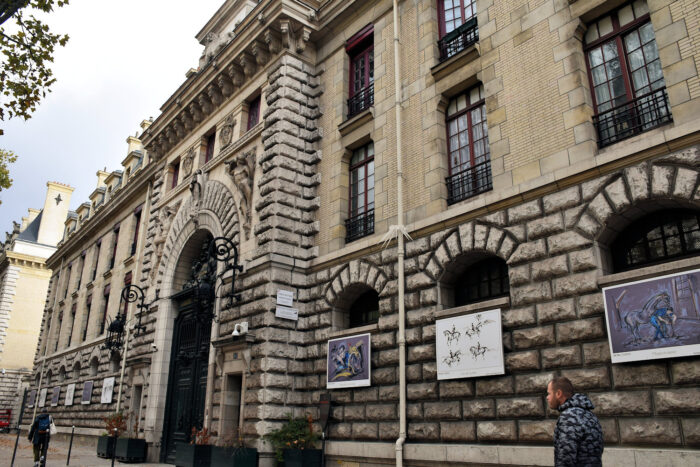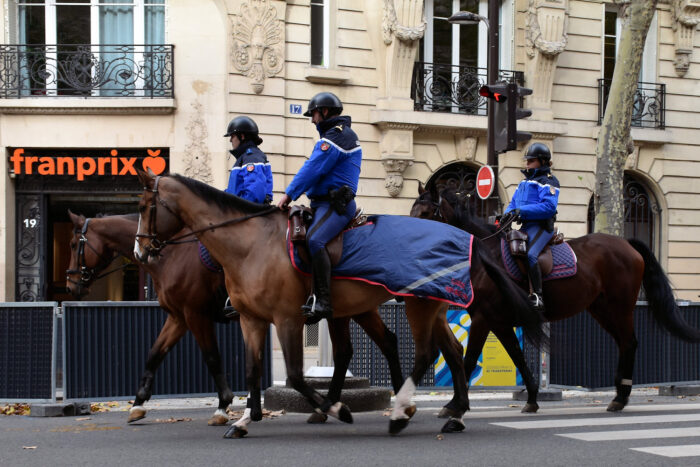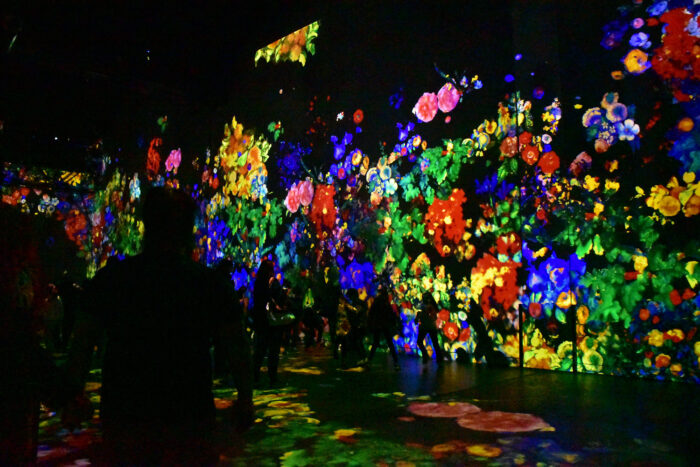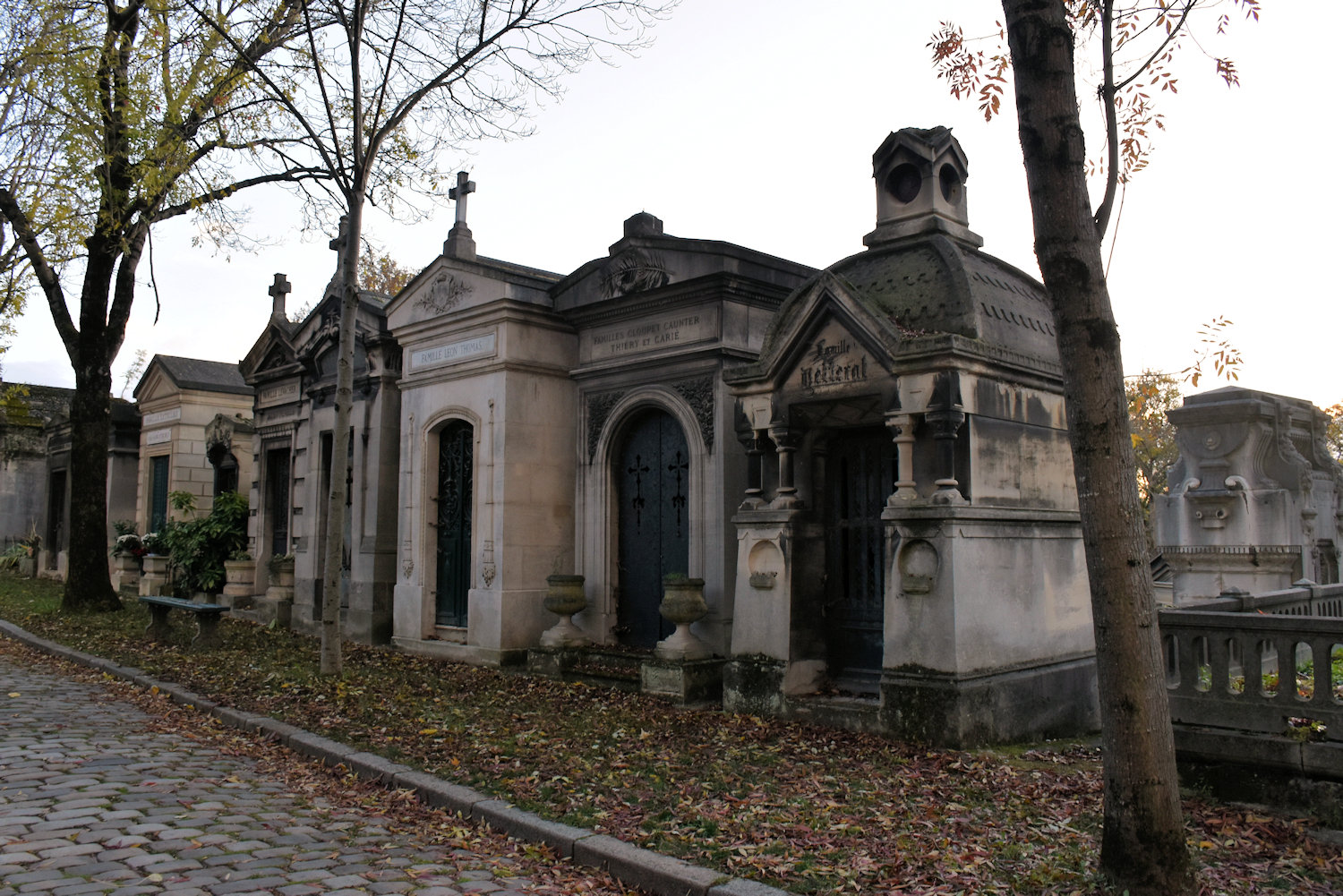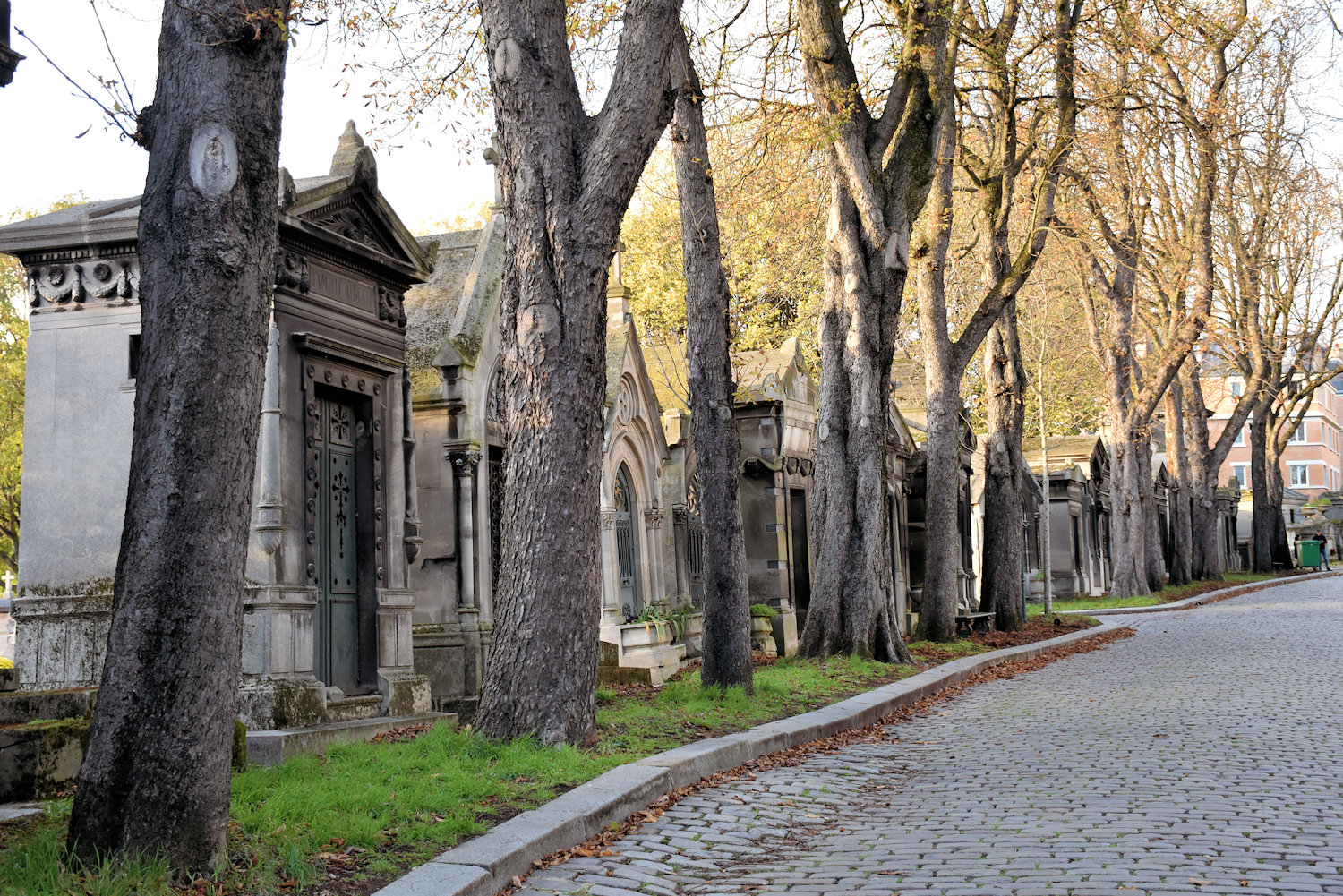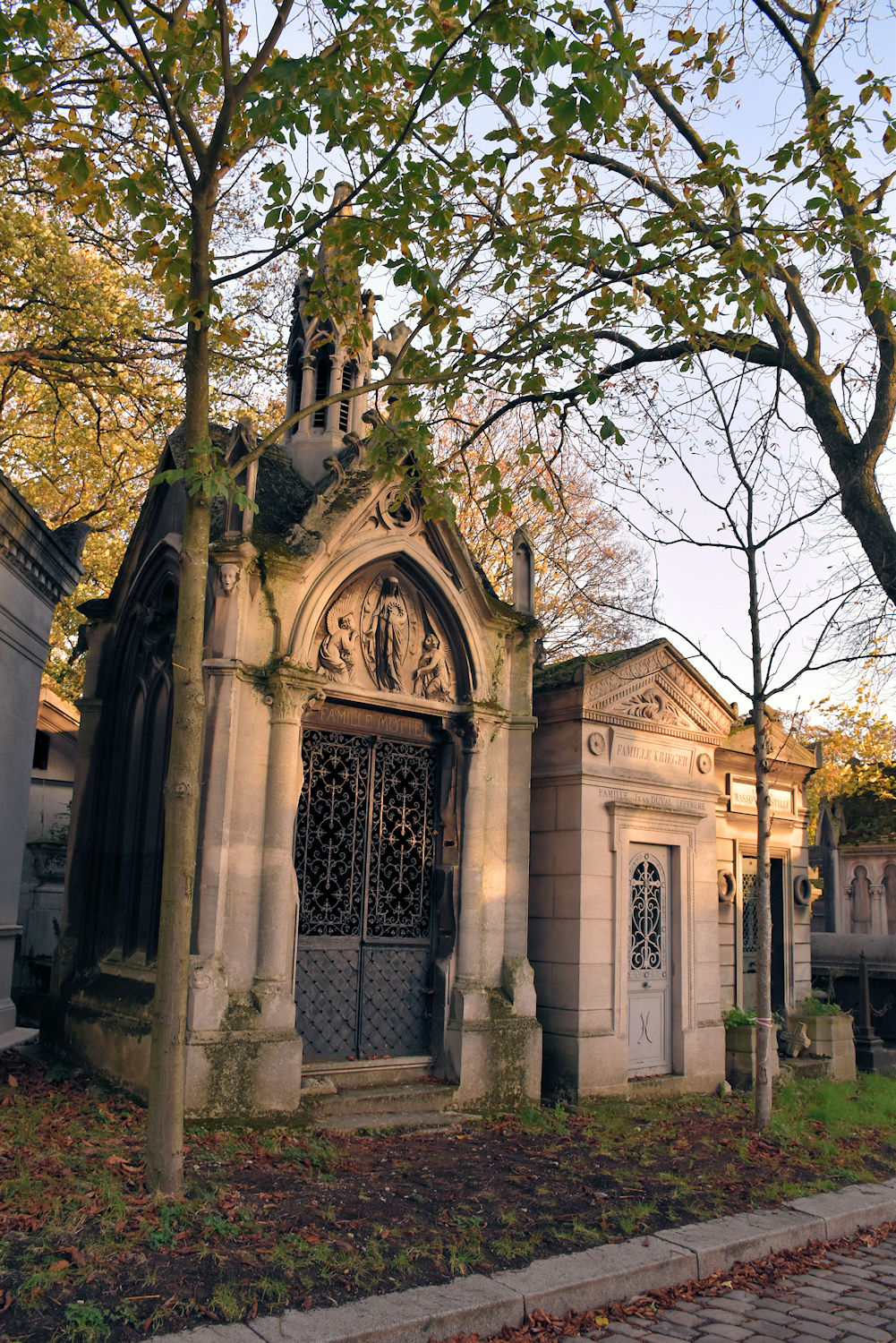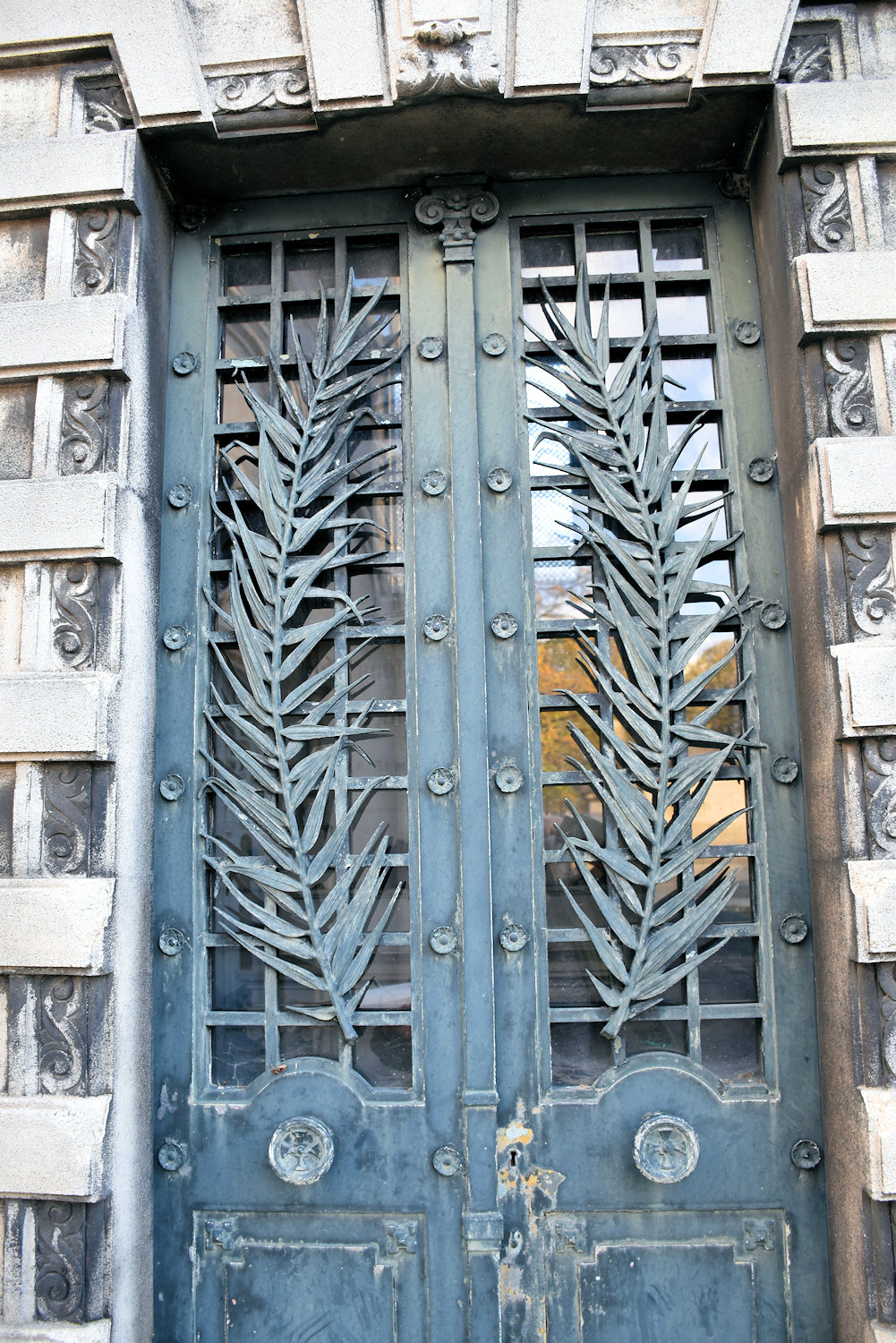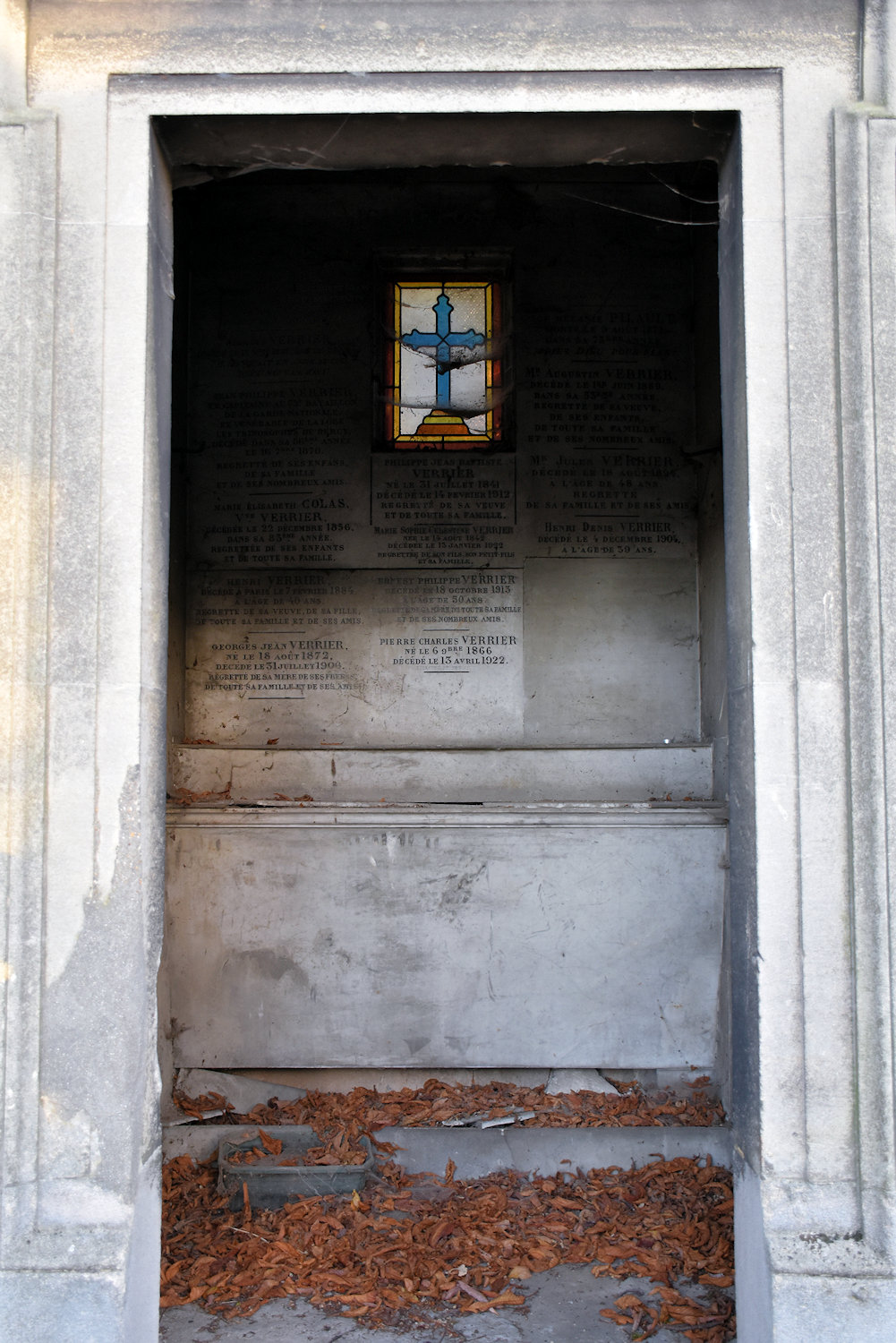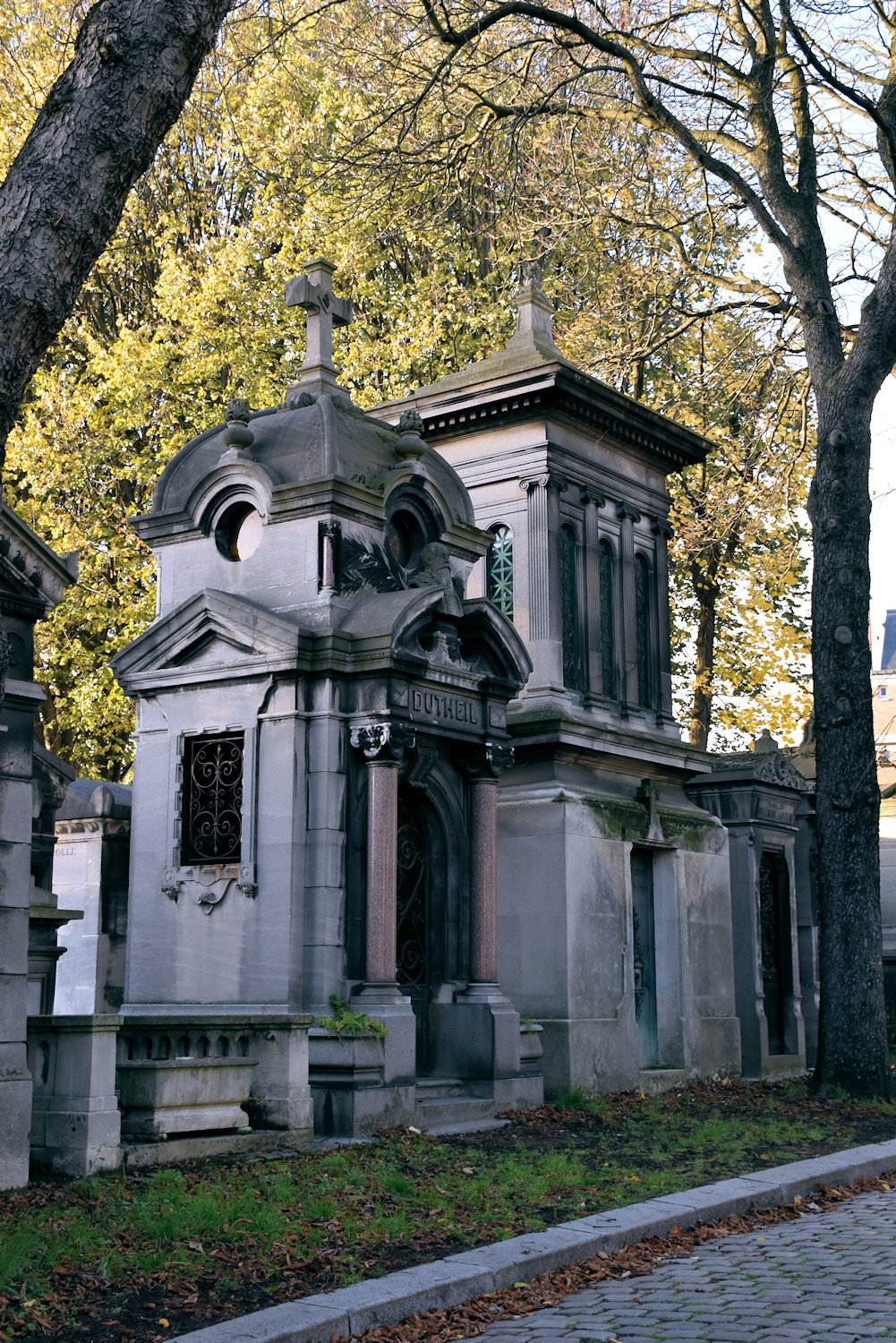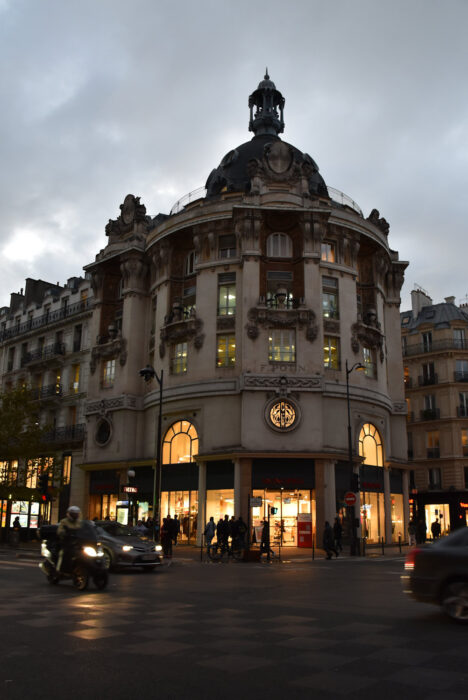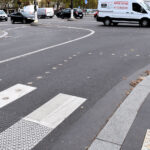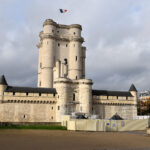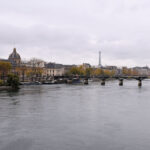Today’s walk requires going to the other side of the Seine, and crossing Île de la Cité.
Île de la Cité is an island in the river Seine in the center of Paris. In the 4th century, it was the site of the fortress of the Roman governor. In 508, Clovis I, the first King of the Franks, established his palace on the island. In the 12th century, it became an important religious center, the home of Notre-Dame cathedral, and the royal chapel of Sainte-Chapelle, as well as the city’s first hospital, the Hôtel-Dieu. It is also the site of the city’s oldest surviving bridge, the Pont Neuf. With the departure of the French kings to the Louvre Palace, and then to the Palace of Versailles, the island became France’s judicial centre. In 1302, it hosted the first meeting of the Parliament of Paris and was later the site of the trials of aristocrats during the French Revolution.
Wikipedia
Notre Dame, if you didn’t happen to notice it in earlier photos. I’m crossing over the river again, to the other bank.
The Museum of Cluny is located partly inside a bathhouse from Roman Gaul. See, this is the frigadarium (that’s the cold bath room):
and partly in the Medieval townhouse of the Cluny abbots. (They have some very nice Medieval stained glass on display.)
Back across the river again, and past the slightly scorched cathedral.
Gendarmerie Nationale-Garde Républicaine is part of the French National Gendarmerie. I’m guessing the display of equine art on the walls means their horse unit works from here. Well, the art and this on the other side of the road:
Now this was just brilliant. L’Atelier des Lumières is an immersive, multimedia experience. What that means is they’ve used classical paintings to create videos that are shown on all the walls and the ceiling and the floor.
So you are walking inside the performance and the performance is playing across you. It was very, very cool (if a bit hard to walk about while the floor is changing).
Then I walked up to the nearby cemetery. If you think a cemetery is an area full of headstones, well, not always…
And then, the sun was setting, I took the Metro back to the hotel.
The Felix Potin building
Potin wanted to shake up customary sales practices. Drawing inspiration from Le Bon Marché and other novel department stores appearing at the time, he focused on selling large quantities for lower prices instead of making big profits on items purchased from time to time. Some products were even sold at a loss, but this was soon compensated by the markup on more luxury items such as candy. What’s more, he was the first to display prices for his wares – guaranteeing a fixed figure for consumers. . . . Eager to supply his stores as efficiently as possible, Potin built a factory near the Bassin de la Villette in 1861 – then another in Pantin in 1881 – to bottle oil, produce mustard and other condiments, make sugar, roast coffee, distill liquors, bake cookies and candy, and prepare cold cuts. He also used the two sites to preserve products he sourced directly from across France. This removed the need for middle-men and therefore reduced costs. . . . Through his innovative model, the businessman had total control over his supply while also launching a solid brand strategy before any rival companies. Sardines, noodles, coffee, and chocolate were all packaged at the factories and sold under the name Félix Potin. [Sound familiar? Apparently you can blame Felix.]
France-Amerique

